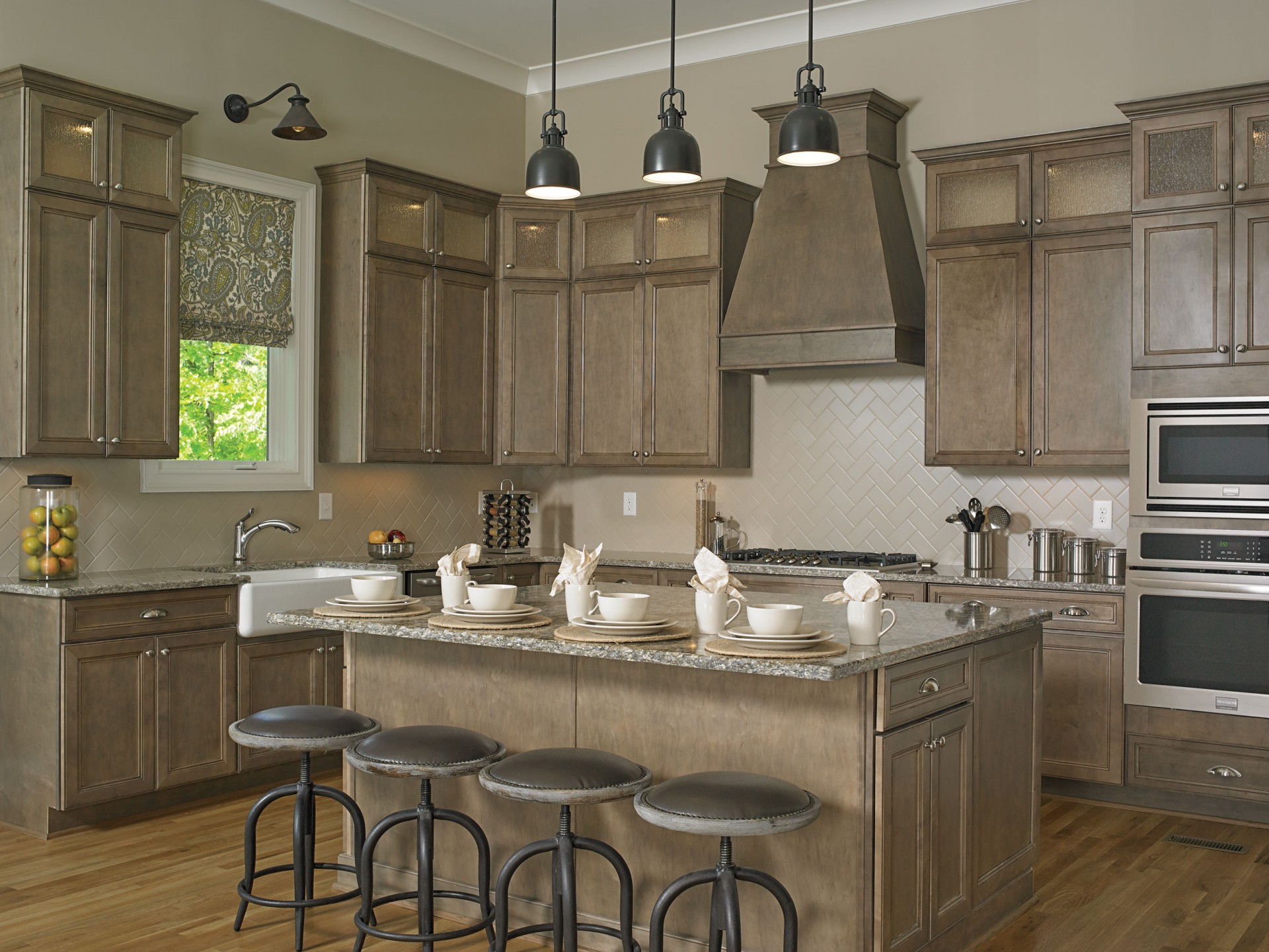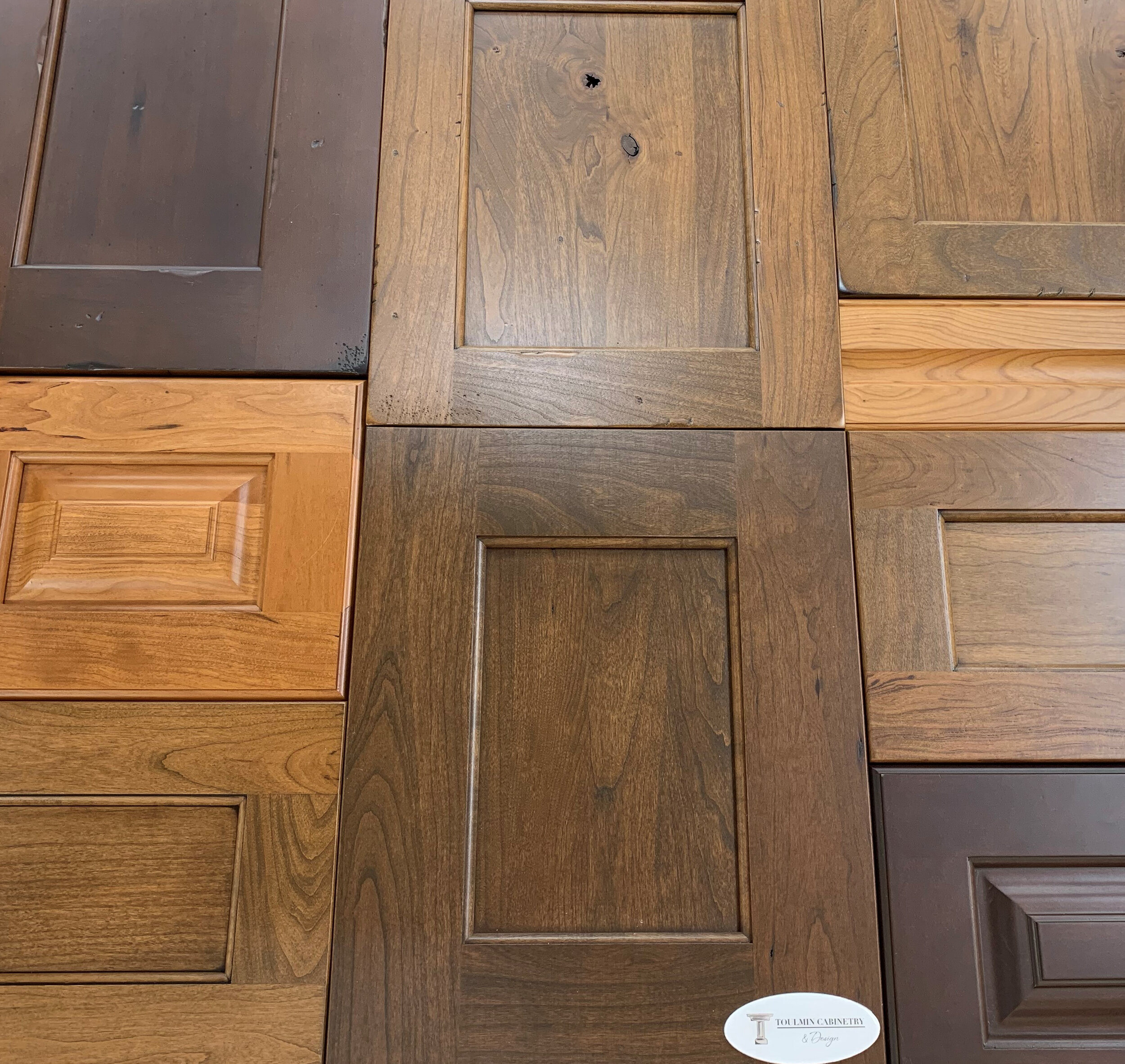Poplar vs. Maple: Poplar Or Maple For Painted Cabinets

Choosing between poplar and maple for your painted cabinets involves understanding their distinct properties. Both offer advantages, but their differences significantly impact the final product’s appearance, durability, and the ease of the woodworking process. This comparison will highlight the key distinctions to aid in your decision-making.
Grain Patterns, Poplar or maple for painted cabinets
Poplar typically exhibits a fine, straight grain with minimal figure, resulting in a smooth, even surface after painting. Occasional variations might include subtle swirls or knots, but these are generally less pronounced than in maple. In contrast, maple often showcases a more varied grain pattern. Hard maple, in particular, can display a tighter, more refined grain with a subtle shimmer, while soft maple may exhibit more prominent grain lines and occasional variations in color. The tight grain of maple can contribute to a more refined aesthetic, even under paint.
Density and Hardness
Poplar is a relatively soft and lightweight wood, boasting a Janka hardness rating significantly lower than maple. This lower density can translate to easier workability but may also mean a slightly less durable final product. However, when properly prepared, poplar’s smooth surface provides excellent paint adhesion, leading to a high-quality finish. Maple, conversely, is a much denser and harder wood with a considerably higher Janka hardness rating. This density contributes to superior durability and resistance to dents and scratches, making it a robust choice for high-traffic areas. The harder surface of maple also provides excellent paint adhesion, resulting in a durable and long-lasting finish.
Workability
Both poplar and maple are relatively easy to work with. Poplar’s softness makes it simple to cut, shape, and sand, reducing the time and effort required during fabrication. However, its softness also means it’s more susceptible to dents and scratches during handling. Maple, while harder, still machines well with sharp tools. While sanding may require slightly more effort, the final result is a smooth, polished surface. The tighter grain of maple may present a minor challenge when working with very fine details. Both woods are receptive to various finishes, including paint, although proper preparation is essential for optimal results regardless of wood choice.
Cost, Availability, and Sustainability
| Wood Type | Cost | Availability | Sustainability |
|---|---|---|---|
| Poplar | Generally less expensive | Widely available | Generally considered sustainable with responsible sourcing |
| Maple | Typically more expensive | Readily available, but specific grades may vary | Sustainable when sourced from responsibly managed forests; certification (like FSC) is advisable. |
Aesthetic Considerations and Design Choices

Choosing between poplar and maple for painted cabinets hinges significantly on aesthetic preferences. While both woods accept paint beautifully, their underlying grain structures and resulting finishes offer distinct visual impacts. The subtle differences become strikingly apparent when considering paint type, color, and overall design.
Painted poplar and maple cabinets exhibit contrasting appearances even with the same paint. Poplar’s finer, less pronounced grain often results in a smoother, more uniform painted surface. The paint tends to sit more evenly, minimizing visible texture. Maple, on the other hand, possesses a more prominent, sometimes chatoyant grain that can subtly show through even with multiple coats of paint, adding a touch of visual depth and character. This can be desirable or undesirable depending on the desired aesthetic. The choice of paint finish further impacts the grain’s visibility; a high-gloss finish will accentuate any texture more than a matte or eggshell finish.
Grain Appearance Through Different Paint Finishes
The interaction between wood grain and paint finish creates a range of visual effects. For instance, a semi-gloss paint on poplar might create a sleek, almost flawless surface, ideal for modern or minimalist kitchen designs. The same paint on maple could reveal a subtle, almost shimmering grain pattern, lending a touch of rustic charm to a more traditional setting. Conversely, a flat paint on poplar would mask any grain entirely, yielding a completely smooth, contemporary look. Applied to maple, a flat paint would still allow a hint of the grain to peek through, giving a softer, more textured effect.
Examples of Painted Cabinet Designs
Imagine a shaker-style kitchen with crisp white cabinets. Poplar, with its less prominent grain, would create a clean, uncluttered look, perfect for a bright, airy space. The white paint would appear flawlessly smooth, reflecting light beautifully. In contrast, a similar shaker design using maple might showcase subtle variations in the paint’s tone, creating a more textured and visually interesting surface. The same white would appear slightly warmer and less stark.
Consider a more rustic design. Poplar cabinets painted a deep, warm gray would provide a sophisticated backdrop, emphasizing the sleekness of the paint and minimizing any wood grain distraction. Maple, painted in the same gray, would retain a subtle textural quality, complementing the rustic feel of perhaps distressed hardware or a farmhouse sink. The gray would appear richer and more complex on the maple’s grain.
Paint Color Influence on Final Appearance
The paint color dramatically alters the perceived character of both poplar and maple cabinets. Light, neutral colors, such as creamy whites, soft grays, or pale blues, enhance the clean lines of poplar, maximizing its smooth, even surface. These colors can also highlight the delicate grain patterns of maple, creating a subtle elegance.
Darker colors, such as navy, charcoal, or deep greens, can create a dramatic impact with both wood types. On poplar, dark colors provide a sophisticated, almost velvety finish, while on maple, they amplify the grain’s character, adding depth and warmth. A vibrant color like sunny yellow might seem cheerful and bright on poplar, providing a clean, modern feel, while on maple it might create a more rustic, country-style aesthetic, depending on the paint sheen.
For instance, a warm, honey-toned yellow would beautifully complement the natural hues often present in maple, creating a sun-drenched, inviting atmosphere. The same yellow on poplar would appear brighter, more modern, and less associated with the warmth of natural wood. Conversely, a deep teal might create a luxurious, almost jewel-toned look on both, but the maple’s grain might subtly break up the solid color, creating a less uniform, more visually engaging surface.
